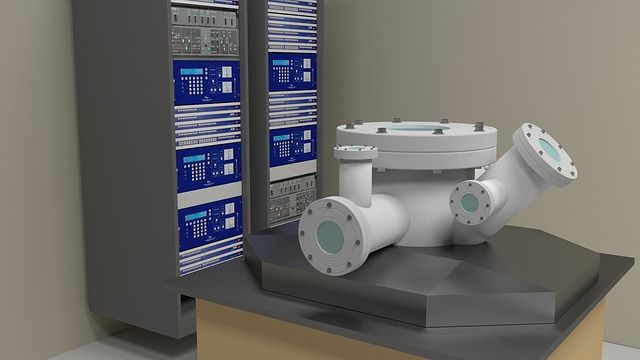Despite being discovered only thirty years ago, the use of nanotechnology in manufacturing is now quite commonplace.
Nanomaterials can now be found in all sorts of coatings, rubbers, polymers, resins, and pharmaceutical products. They remain unseen (as they are so small), but are used to make vehicles, satellites, packaging, furniture, electronic devices, construction materials, fertilizers, medical equipment, sports gear, clothing, and a thousand other items.
Yet, despite their widespread use in every industry imaginable, some manufacturers are still reluctant to take advantage of this versatile technology.
The problem it seems, is bridging the gap between what manufacturers know their products need and the science being developed in the nanotech laboratory.

To gain a closer understanding of practical nanotechnology, researchers from the National Autonomous University of Mexico analysed the value chain of incorporating nanomaterials into manufacturing. They found that the nanomaterial market was set in three layers.
Layer 1.
Nanomaterial research and production. The synthesizing of nanoscale structures in an unprocessed form.
Layer 2.
Nano-intermediates research and production. The inclusion of nanoscale structures into intermediate products.
Layer 3.
Nano-enabled goods research and production. Finished products which contain nanotechnology, meet regulation standards, and enter the market.
Of course, incorporating nanotechnology into manufacturing takes a large amount of capital to build the equipment needed to produce nanomaterials. It also takes a lot of know-how, expertise, and well-trained staff to work the production line and apply a nanotechnology to a manufactured product or raw material.

Fortunately, there is now a simpler route to gaining the benefits of nanomaterials without stepping into the unknown.
Today, nanotechnology suppliers can provide manufacturers with a full range of services to help find the optimal solution.
There are three simple steps to incorporating nanotechnology into manufactured products.
1. Decide on the material improvements a specific product would benefit from.
For example, would an epoxy resin be worth more if it conducted electricity better? Would a coating have improved sales if it was more durable or resistant to chemicals? Would a polycarbonate product benefit from electromagnetic properties, thermal conductivity, or ultra-violet protection?
2. Take a look at the range of ‘off-the-shelf’ nanomaterial products that are available.
For example, NANO CHEMI GROUP (which supports this website), sells a variety of nanomaterial concentrates, coatings, and additives. Each sold with full technical support and assistance in its application.

3. Employ a nanotechnology company to development a tailor-made nanomaterial.
For example, by contacting the experienced team at NANO CHEMI GROUP, a manufacturer can learn how to improve a polymer, a resin, a rubber, or a construction material. During a free consultation, the team will walk through the options available to gain an insight to what can be achieved by employing nanotechnology into any specific product range.
They will be able to answer questions like these:
· What properties can be gained (electrical conductivity, added strength, UV protection, scratch resistance, increased durability, thermal conductivity, anti-microbial properties, etc.)?
· What production, labour, or energy savings can be made with the application of nanotechnology?
· What cost-benefit can be made by using nanotechnology? How much value will be added to a product through the application of nanomaterials?
· How safe and reliable are nanomaterials?
· Would an off-the-shelf nanomaterial product or concentrate be suitable?
· How much do nanomaterials cost?
· Would a designed-to-order nanotechnology be more beneficial?
· How long does designing a nanotechnology take?
To learn the answer to these questions is as easy as picking up the phone or sending an email. You just have to know who to ask.
For more information about applying nanotechnology in manufacturing visit NANO CHEMI GROUP or contact Alexandra Chepak on +420 777 996 157 or alexandra.chepak@nanochemigroup.cz
Photo credit: Tiger Lily from Pexels, Dean Simone from Pixabay, FreeImages, & NANO CHEMI GROUP
